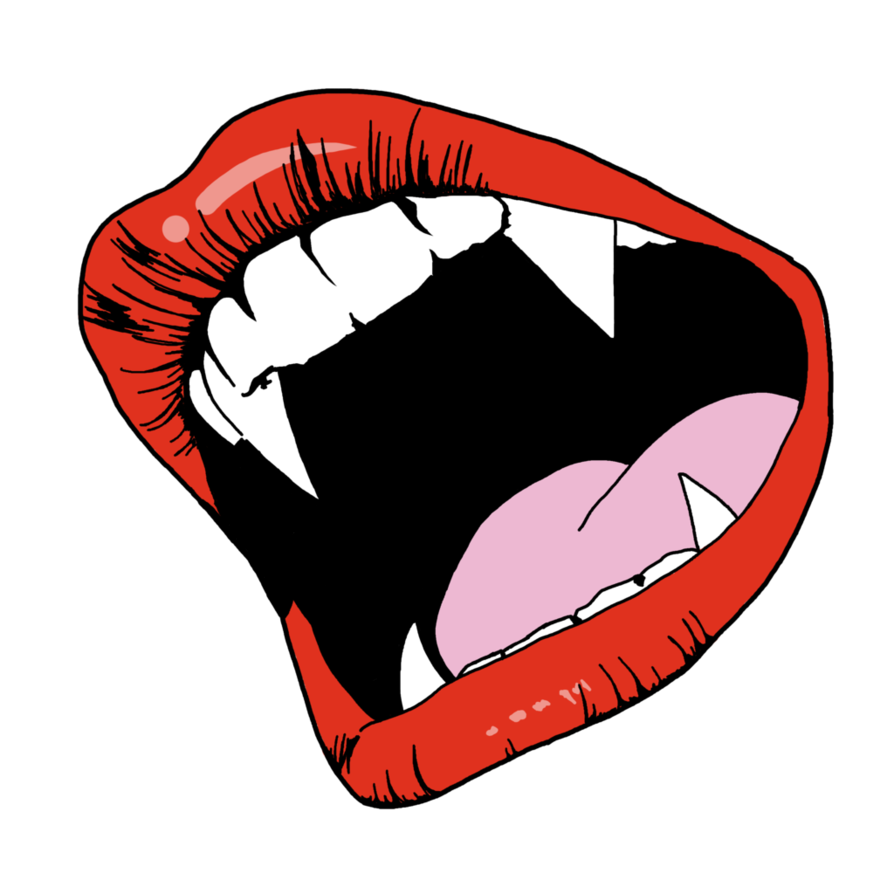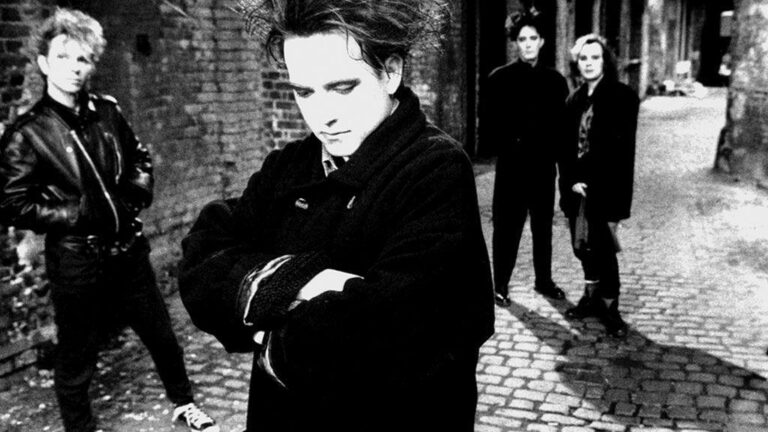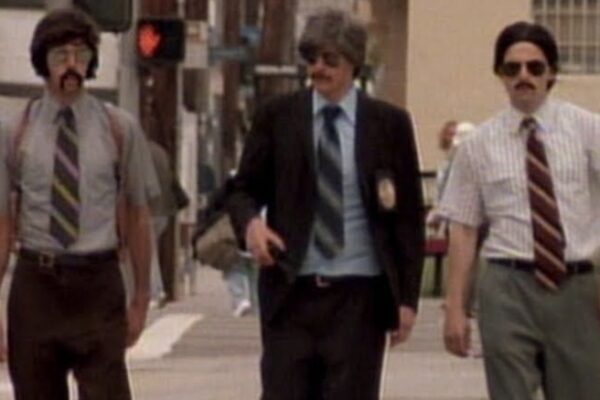Alternative rock was born in the 1990s and continues to influence the world of music even today. It is one of the sub-genres of rock ‘n’ roll. During its initial days, alternative rock was not fully favoured by the biggest rock bands. It served more as a continuation of the college rock scene, which began in the 1980s. During this period some groups like the Pixies and R.E.M. thrived despite not being in the spotlight.
However, alternative rock got a considerable amount of coverage on radio. It received much attention with the success of certain bands in the genre, such as Nirvana and Green Day. Some of the other alternative music bands that cracked the pop charts initially were Nine Inch Nails and Beck.
They ended up signing to major labels, marking the entry of this genre into the mainstream. The fact remains that alternative music has not received the kind of attention it deserves in the media. Nevertheless, alternative rock has remained active in the pop music scene.
A brief history of alternative rock
At its inception, alternative rock was mostly centred around the local music scenes. In greater Boston, this genre belonged to bands such as Pixies, Blake Babies, The Lemonheads, and Dinosaur Jr. The Replacements and Husker Du were the bands born in Minneapolis. Chicago was home to Liz Phair and The Smashing Pumpkins. Sonic Youth and Pavement rose to prominence in New York City.
Red Hot Chili Peppers, Aimee Mann, Rage Against the Machine, and Weezer were based in Los Angeles. Certain post-punk icons like Shudder To Think and Fugazi was born in Washington DC. The hotspot of alternative rock was Seattle. In the midst of all this, a new music style called ‘grunge’ by its critics was gradually on the rise.
Nirvana, Screaming Trees, Pearl Jam, Mudhoney, Soundgarden, and Alice in Chains enjoyed commercial success and got major contracts. These bands were mostly influenced by classic rock bands from the 1970s such as Led Zeppelin and Black Sabbath. These classic rock bands had enjoyed mainstream success during their time.
Over a period of time, Nirvana became the most celebrated band of Seattle. They evolved into one of the grunge icons, releasing their first album in 1988. With the debut of Nevermind in 1991, Nirvana made a big impact. The group disbanded after the death of their frontman Kurt Cobain in 1994. With this, the spotlight on alternative rock shifted somewhere else.
In the following years of the 1990s, alternative rock expanded even more. Despite a large-scale success, this genre was eventually limited to local music scenes. Today, the genre includes everything from British pop and proto-blues to experimentation.
Characteristics of alternative rock
This genre of music covers a broad variety of moods and styles. Violent Femmes, The Cure, Modest Mouse, and The Strokes don’t sound the same. Yet, they belong to the alternative music genre. The sub-genre of alternative music seems driven by guitars just like rock music. The guitars are accompanied by bass and drums.
Keyboards were rarely used in the alternative music scene of the 1990s. Later, they found their way into several alternative bands of the 20th century. Some of the stars of alternative music such as Bob Mould and Sonic Youth enjoyed great popularity. They continued their success even beyond the 1990s.





